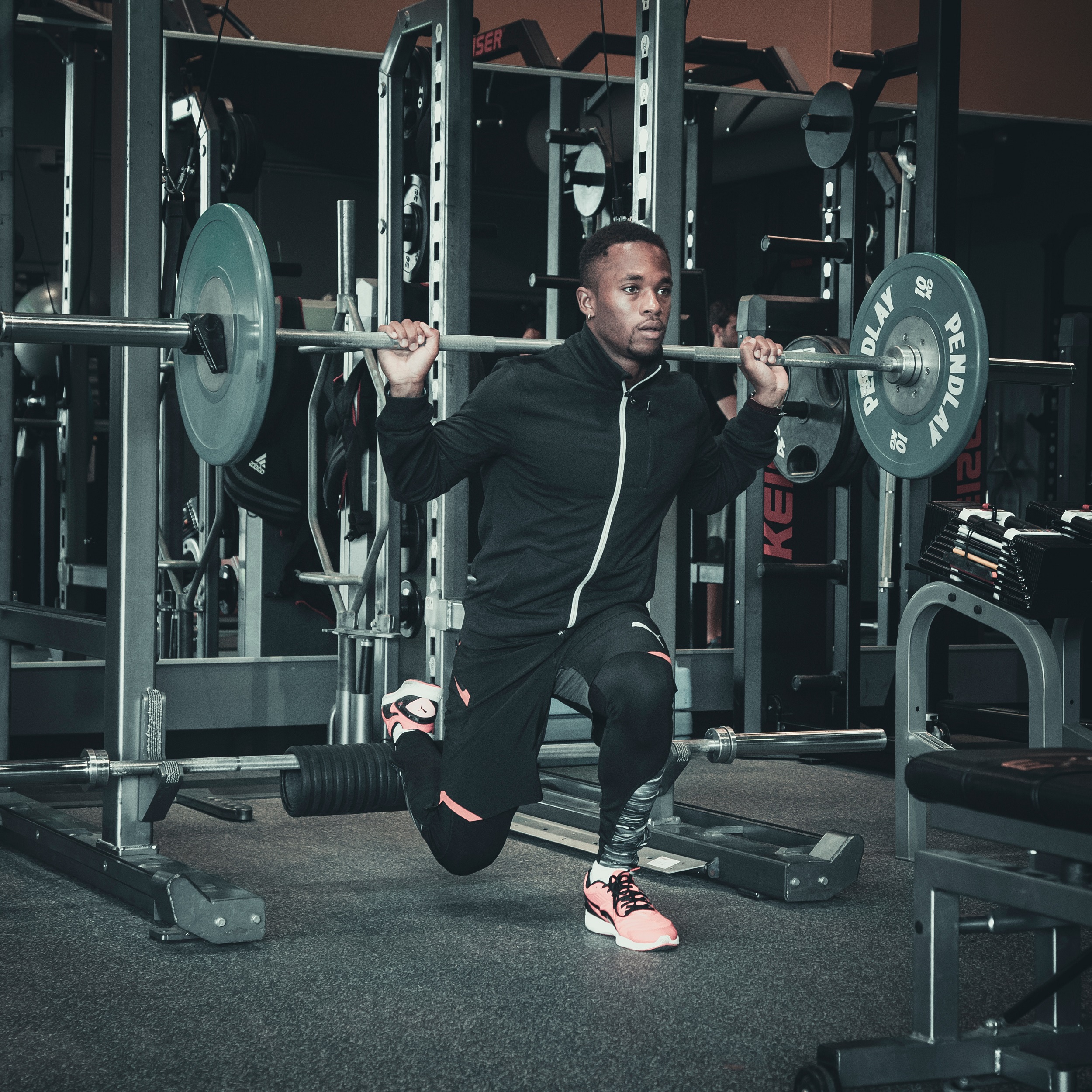
Ah, to be injury-free! It’s an athlete’s best dream. Yet, it’s not just athletes that benefit from being injury-free. Obviously, no one likes to get injured. What’s the best way to avoid injury? You could avoid sports and physical activity at all costs and sit at home, but then you’d mostly just be avoiding life. And, even if you do avoid physical activity and stay at home, you could still get injured simply by moving a chair. Preventing an injury is always easier said than done. But, lucky for us, science has proven that with the right exercises done the right way you can prevent most non-acute injuries and even lower your risk for some acute injuries. Call it functional strength training, targeted strengthening or, the new buzzword in the athletic and fitness communities – prehab.
Essentially, prehab is doing targeted strengthening exercises usually done in rehab before you even end up in rehab. It is making sure you’re doing every movement correctly, paying special attention to the muscles being worked. Really, this is what you should be doing already. Yet, we don’t, which is why we’ve now come up with the fancy new term for doing exercises correctly – prehab.
Rehab Turned Prehab
Hopefully, you haven’t been to physical therapy, and we hope you never have to because that would mean we did our job in keeping you injury-free. Yet, if you’ve ever been to physical therapy or nursed an injury then you probably know exactly what we’re talking about when we say rehab exercises.
These are the exercises that are targeted specifically for the problem area – the muscles that were too weak to function properly, resulting in an injury. These are your balance exercises, your squats, your planks and pushups. In addition, however, prehab also includes stretching and warming up as well as cooling down.
Really, this should already be a part of your overall training. You shouldn’t have to necessarily spend extra time on prehab exercises and routines. In order for prehab to work in preventing injuries, you need to be:
- Doing exercises properly;
- Maintaining good posture;
- Warming up, cooling down, and stretching;
- Recovering properly;
- Cross-training;
- Working muscles that are weak.
This is prehab, but you should already be doing these things as part of a well-balanced training program. Prehab, along with a good training routine, should include core strengthening, coordination and stabilization exercises, and balance exercises. It should also include range of motion and mobility drills that are focused on your greatest weakness.
Prehab can also include sports-specific exercises that an athletic trainer or physical therapist can determine. These exercises are also targeted to each person’s individual weaknesses. This is a form version of prehab that requires periodic evaluation and assessment to make sure it’s constantly reaching the person’s needs.
Handpicked Content Safe Ways to Train during Injury Recovery What are stabilizing muscles? Joint Stability vs. Joint Mobility
Prehab Injury Prevention
So what does prehab actually prevent?
It can prevent or lower your risk of any number of injuries. However, the biggest offenders of stress-induced injuries and pain are often the knees, shoulders, and back. The reason for this is mostly do to improper training, improper movement, and bad posture. Prehab works to fix all these weaknesses before they lead to injury.
Knee pain? Focus on strengthening your hips.
Back pain? Strengthen your core.
Shoulder pain? Work on your range of motion.
Specific and targeted exercises for weakness is the main focus of prehab, and according to studies it works. Researchers found that prehab reduced the need for rehabilitation of knee and hip replacement surgery patients by 73%. This was just for surgery patients, so imagine it’s effectiveness for those athletes who are looking to prevent injury.
Prehab does this by targeting and fixing muscle imbalances and bad posture that can lead to any number of stress-induced injuries. According to the American Council on Exercise, it’s effective and helps the body function normally.
At the center of prehab is a focus on enhancing core function, something that helps to mitigate the muscle imbalances and postural deviations that increase one’s risk of injury when external loads—whether it be equipment used while working out in the gym or things we encounter in everyday life—are applied to movements.
When you work prehab into training, it targets those muscle imbalances that cause dysfunctions in the body, leading to injury. Many think that prehab is only good for athletes. Yet, it’s also good for the person who sits long hours at the desk or the weekend warrior. If you want to be injury-free, try prehab as the best treatment for an injury is to prevent it.
Related Content
How to Prevent Injuries with Core Stability Training
5 Ways to do an Injury Prevention Workout


